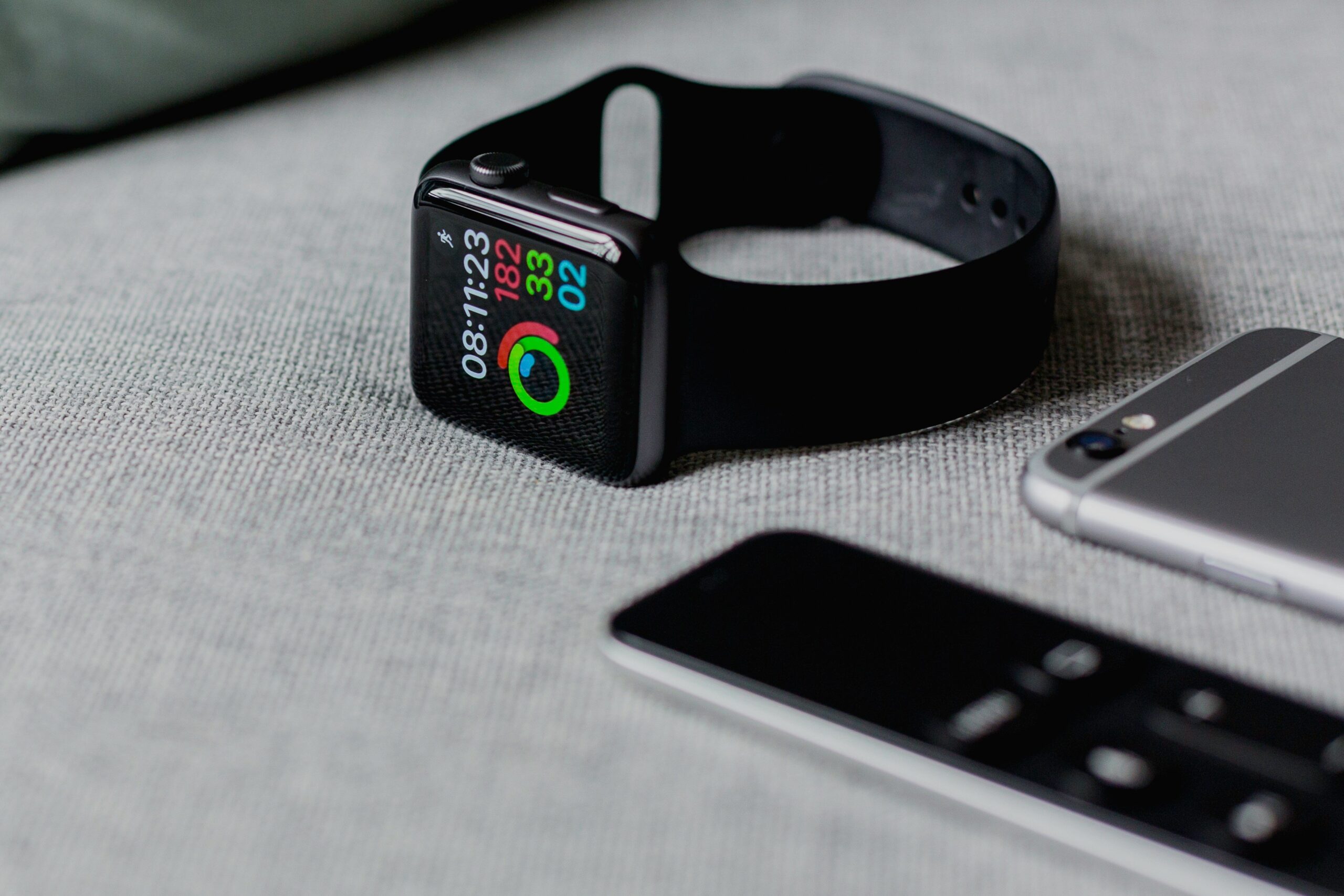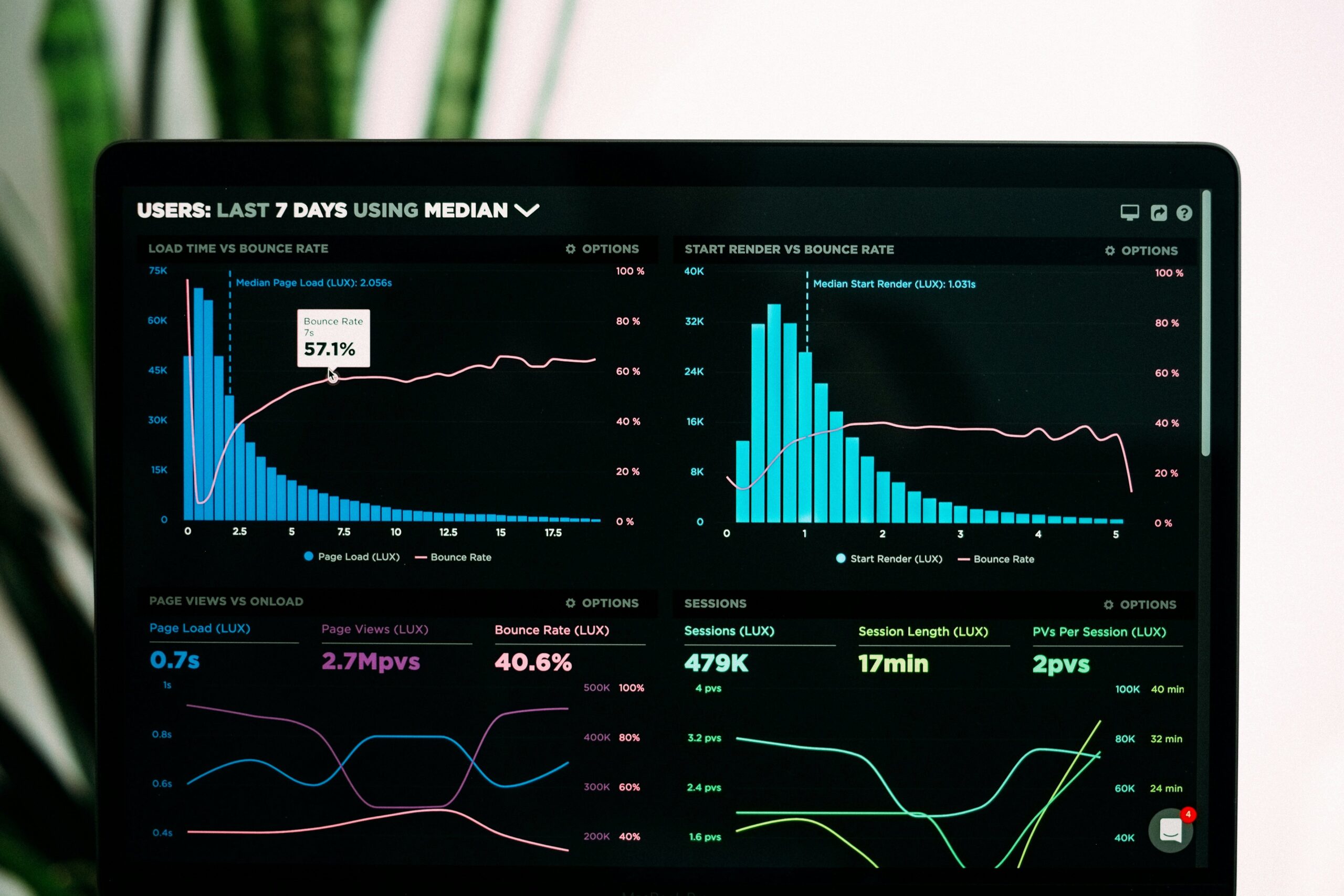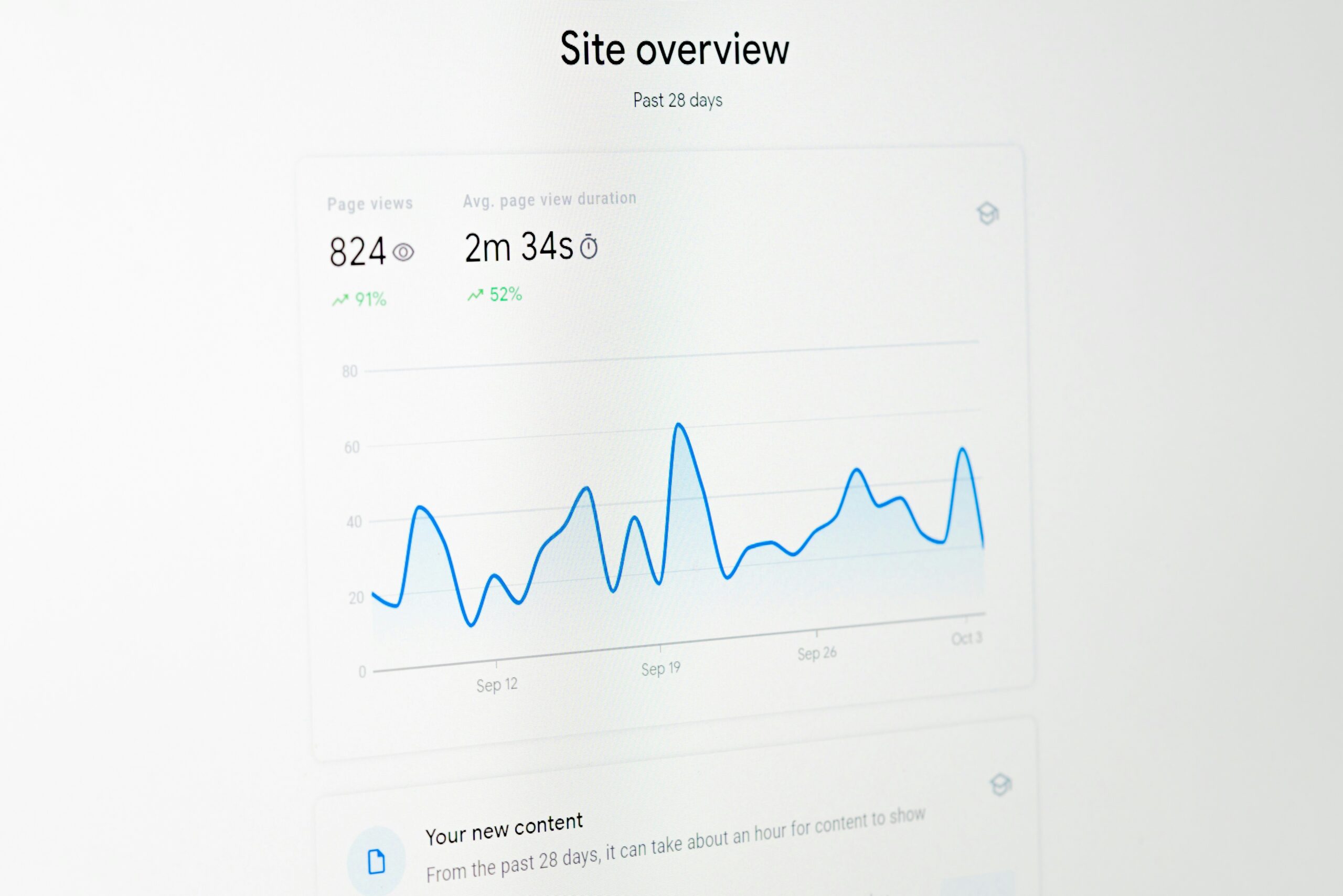Ever stared at a spreadsheet until your eyes crossed, wondering what on earth you’re even looking at? Us too. Whether it’s tracking sleep patterns or analyzing productivity trends, interpreting data can feel like deciphering ancient runes—frustrating but oddly mystical.
In this post, we’ll dive into why “Analyze Data Easily” should be your new mantra, explore the best research apps to help you do just that, and uncover actionable tips to master data interpretation without losing your sanity (or social life). By the end, you’ll know exactly which tools to use, how to get started, and where most people go wrong. Spoiler alert: Coffee will absolutely be involved.
Table of Contents
- The Problem With Data Overload
- Step-by-Step Guide to Analyze Data Easily
- Best Practices for Using Research Apps
- Real-World Examples of Success
- Frequently Asked Questions
Key Takeaways
- Overwhelmed by data? You’re not alone—it’s a universal struggle in today’s digital age.
- Research apps designed for both productivity and well-being simplify complex analyses.
- Effective strategies include setting clear goals, avoiding overcomplication, and leveraging smart tech.
- Mistakes happen—like using an app for the wrong purpose—but there’s always room to grow.
Why Is It So Hard to Analyze Data Easily?
I once tried to track my daily water intake using a corporate finance app. Yeah, let’s just say I ended up with charts so confusing they looked more like modern art than actionable insights.
Data is everywhere—from fitness trackers counting steps to productivity apps monitoring screen time—but making sense of it all isn’t easy. The sheer volume of information can overwhelm even seasoned analysts, leaving us paralyzed rather than empowered.

Image description: A visual representation of data overload, featuring chaotic clutter around a workspace.
How to Analyze Data Easily: A Step-by-Step Guide
Step 1: Choose the Right Tool
“Optimist You:” ‘There are tons of great options!’
Grumpy You: ‘Ugh, fine—but only if coffee’s involved.'”
Not every app suits every need. For instance:
- Polar: Ideal for researchers who want to capture feedback through surveys.
- Nimbus Mind: Perfect for those exploring brainwave activity during meditation sessions.
- SpectroCoin Analytics: Tailored to crypto enthusiasts analyzing market trends.
Step 2: Set Clear Objectives
Before diving in, ask yourself: What am I trying to achieve? Are you analyzing sleep quality, work efficiency, or stress levels? Write it down—it’s your north star.
Step 3: Simplify Your Approach
Cut out unnecessary bells and whistles. Think minimalist dashboard design over scatter plots galore. Less noise = better clarity.
Best Practices for Using Research Apps
- Start Small: Don’t try to analyze everything at once. Focus on one metric first.
- Use Automation: Let AI handle repetitive tasks while you focus on strategy.
- Stay Consistent: Regular check-ins keep insights fresh and relevant.

Image description: An example of a simplified, visually appealing dashboard interface.
Real-World Examples of Success
Take Sarah, a freelance writer drowning in deadlines. She started using Notion to break her workload into digestible chunks, paired with RescueTime to monitor productivity dips. Within weeks, she was nailing her targets—and reclaiming her weekends.
Or consider Mark, a wellness coach overwhelmed by client progress reports. Switching to Tallyfy, he streamlined workflows and used its analytics feature to identify common challenges among clients. Result? Happier clients and higher retention rates.
FAQs About Analyzing Data Easily
Q: Do I really need an app to analyze data?
A: Technically no, but unless you’re a spreadsheet wizard, apps save time and reduce errors.
Q: What’s the biggest mistake beginners make?
A: Trying to tackle too much too soon. Stick to simple questions before scaling up.
Conclusion
Analyzing data doesn’t have to feel like solving a Rubik’s Cube blindfolded. With the right tools, mindset, and habits, you can unlock actionable insights to boost your productivity and well-being. So grab your favorite mug (yes, the one that says “World’s Okayest Human”) and start experimenting with these game-changing apps.
And here’s your easter egg haiku:
Rows turn into flow,
Numbers whisper secrets loud—
Now sip some more tea.


